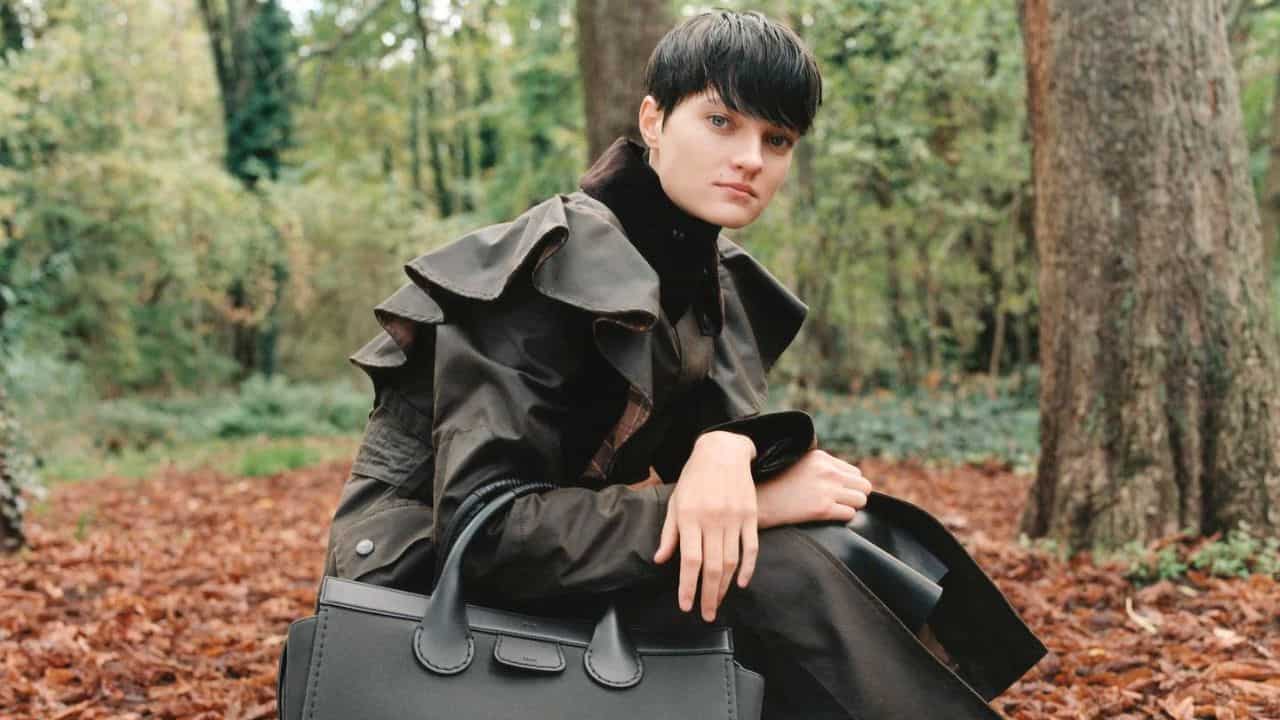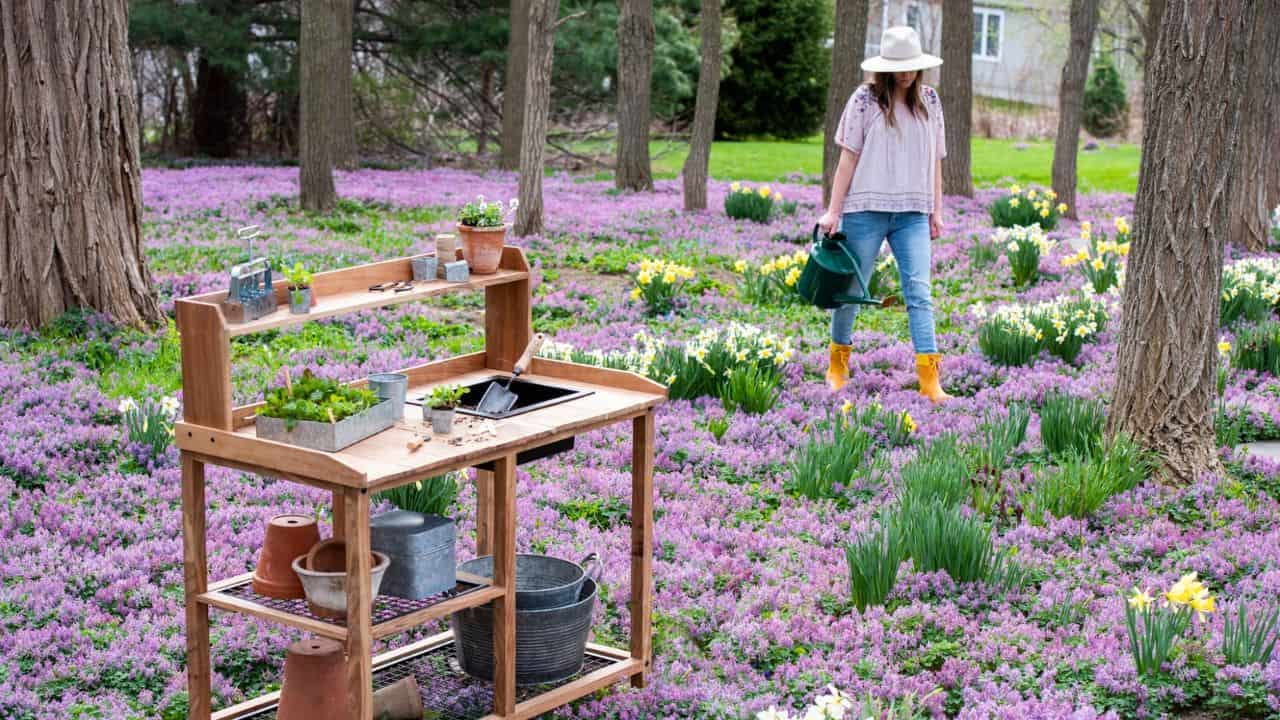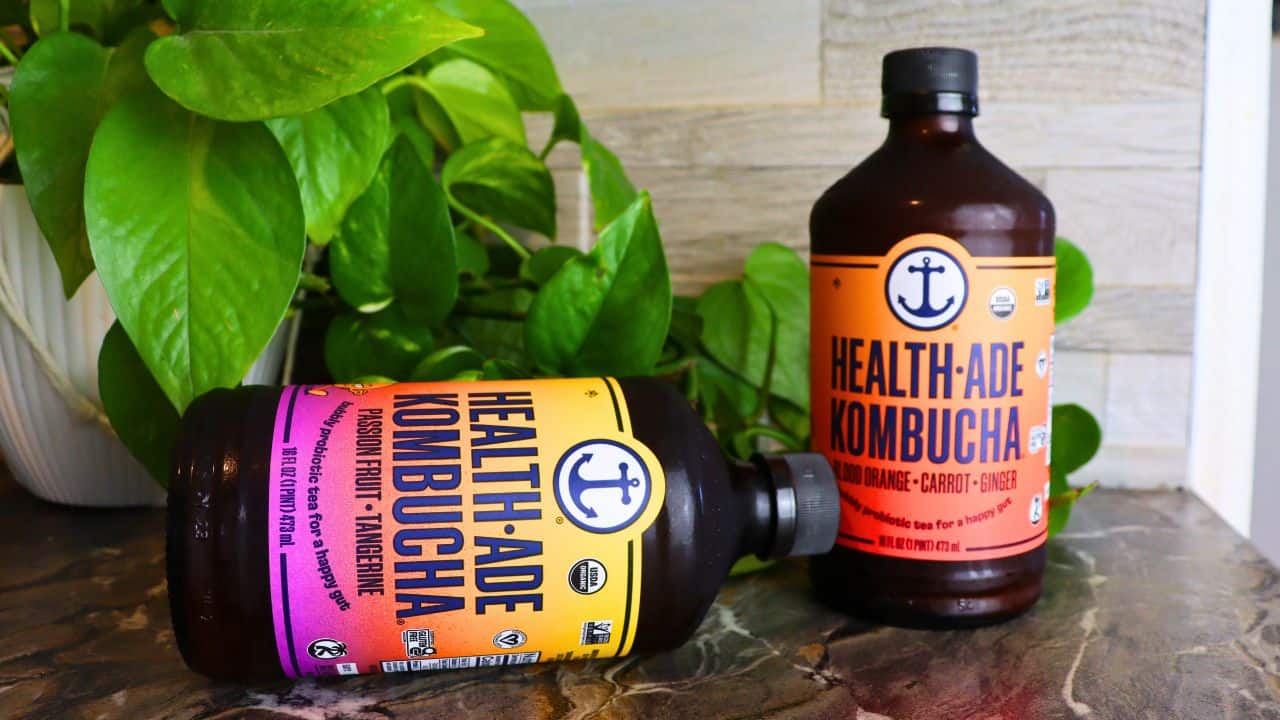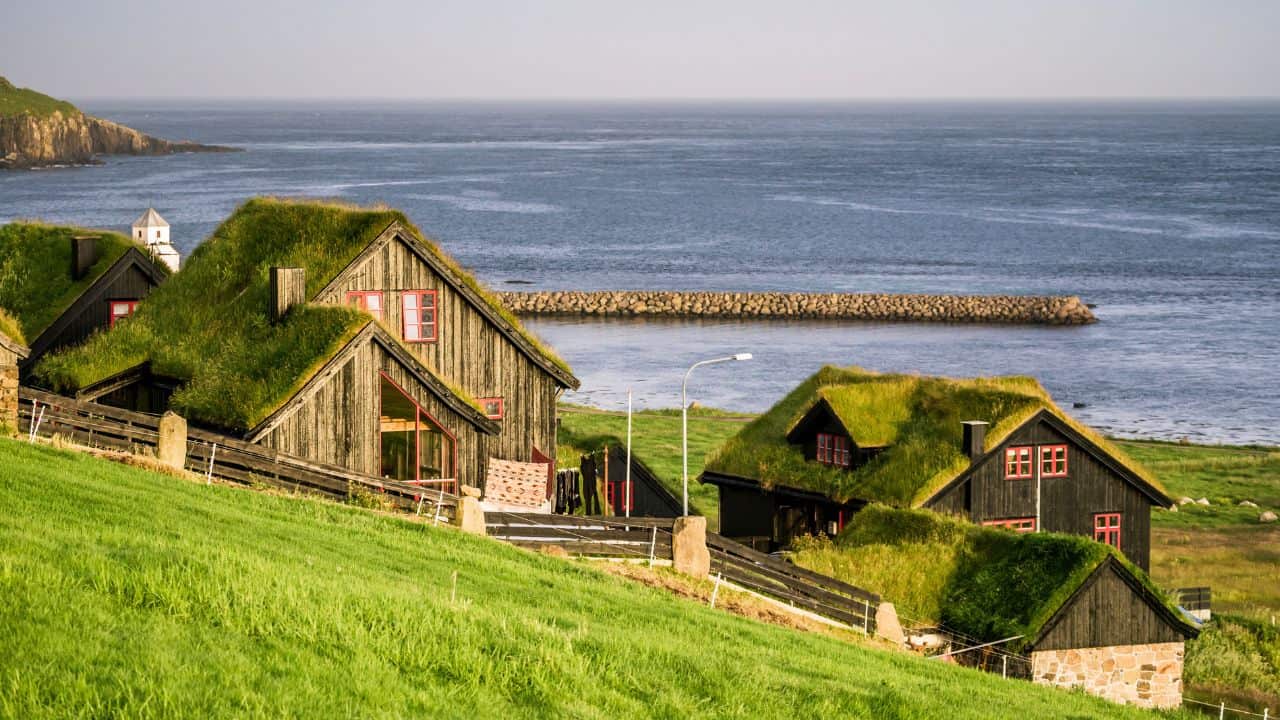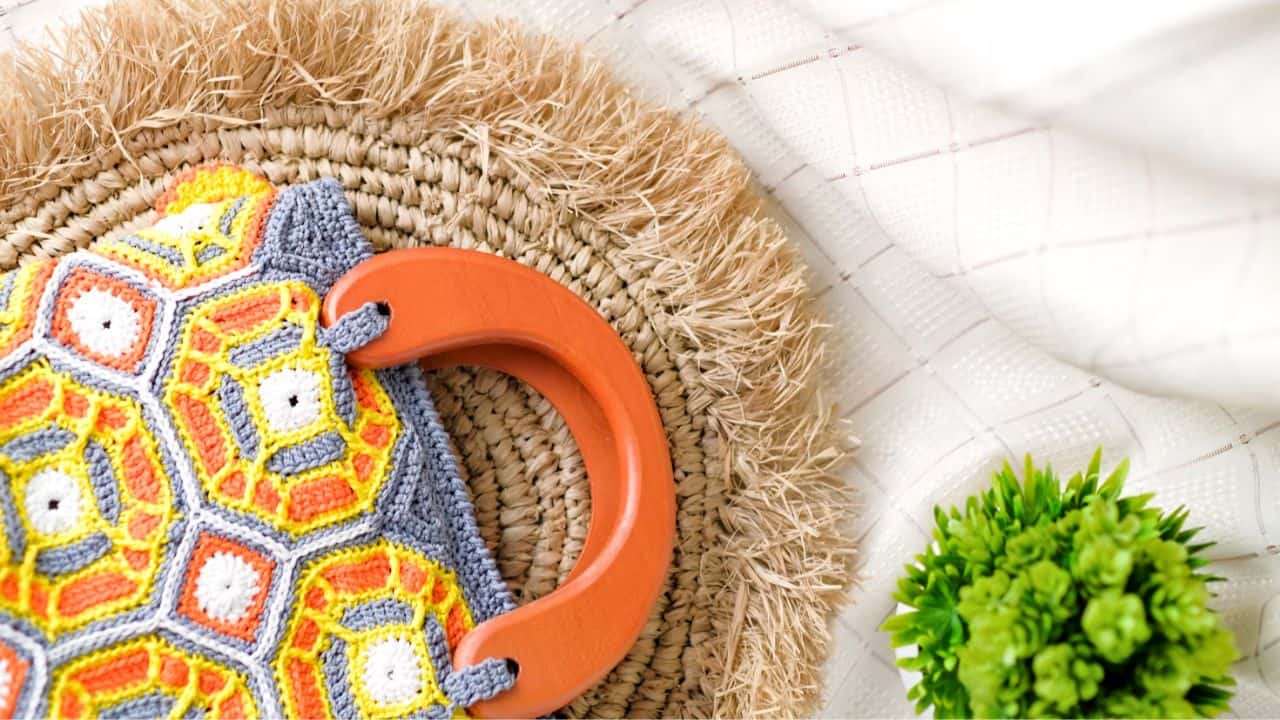RECYCLE: Half Moon Bay Brewing Co
The States isn’t short on breweries who have made their sites carbon neutral or who are experimenting with different power sources, but Half Moon Bay Brewery Co have gone down a different route – recycling wastewater and putting it back into beer – and they use NASA’s technology to do it.
While some might grimace at the thought, California’s drought isn’t letting up anytime soon and breweries need to find different ways to use water more effectively so magicking pee into pints it is.

So how does it work?
Well NASA keep these things pretty under wraps but we can confirm it’s the same tech that astronauts use in space when they pee – except it’s now being put to work making beer rather than boldly going. There are three stages in the process: micro-filtration, reverse osmosis and advanced oxidization and the result is something a lot cleaner than your average drinking water. After all of that, it’s then fermented and boiled.
The brewery’s owner Lenny Mendonca and water advocate Russ Drinker came up with the idea to showcase just how much potential there is in recycling water and using it in drinks – it’s currently illegal in the States (if you sell it).
“I really wanted to showcase the value of recycling water and get the public’s attention,” said Drinker. “Going back to the Phoenicians, beer was the way they created safe water because brewing it requires boiling it.”

The States isn’t exactly light years ahead when it comes to recycling water and with beer needing five pints of water for every final pint, there’s a lot of work to be done to save the water table. The brewery and sustainability experts are lobbying hard for California to change its mind on wastewater.
“If legislation passed that would allow us to sell beer brewed from recycled water to consumers, we would definitely commercialise the product,” says Mendonca. “Brewing beer out of recycled water produces just as high a quality product as brewing beer from tap water.”
The pee-to-pint beer was showcased last year at a urban sustainability conference in California and in a blind taste test beer judges couldn’t tell the difference.
“I thought it tasted great. It was delicious,” said beer judge Jennifer Biesty, chef and owner of Shakewell, a Mediterranean-style restaurant in Oakland. “I actually liked the recycled one better.” She also confirmed she’d sell the ale if she was allowed.

Half Moon Bay Brewing Co hasn’t just turned on the ideas tap when it comes to water efficiency. Their new facility that opens in 2018 will rethink wastewater and it’s also involved in the Big Wave Project.
“This is an initiative to create a sustainable, residential community for people with disabilities,” explains Mendonca. ”Part of the plan is to establish a working farm to enable the residents to operate a sustainable business, we hope can provide grey water for irrigation on the farm.”
Drip by drip these guys are making waves.
REUSE: Toast ale
On the reuse side is Toast ale. The brainwave of food waste campaigner Tristram Stuart, who brought the Belgian idea of using leftover bread in brewing back to Britain and starting sourcing left-over loaves. The beer’s profits get funnelled into Feedback, a food waste distribution project.
“We want them to put us out of business,” says Julie Prebble, the Toaster at Toast ale. “When we have eliminated food surplus then we won’t need to make Toast ale.”

So how does it work?
While there’s around a slice of bread in every bottle, you won’t see crumbs floating around inside. The leftover bread goes into the mash tun and replaces a third of the barley needed to make beer – so as well as saving food waste it’s also cutting down on the barley the brewery uses.
“We we send the spent grain and bread off as animal feed, so we’re not taking it away from the animals. It’s just being used several times over which is much better,” explains Prebble.
Toast doesn’t just use your standard sliced white either. Bagels, sourdough, wholegrain…it’s all gone in.
“We haven’t determined which bread is better yet. As long as it doesn’t have seeds or fruit or olives in and it’s fresh. That’s all we need. The flavour is driven out by the hops and barley, so it’s more of a resource and uses up something that would be thrown away otherwise,” says Prebble.

In just over a year this small independent brand has made over 26,000 litres of beer, (partnered with Hambleton in Yorkshire) but they’re not shy about breaking bread with anyone.
“We started with Hackney Brewery but they couldn’t keep up with demand,” says Prebble. “Hambleton have decades of experience and don’t mind us chucking bread in their mash tun. We’ve also collaborated with St Austell and a couple of brew pubs and helped them find local bread to brew with.”
Toast has a lot of different ideas about to rise this year. The brand’s launching in the States, collaborating with a brewery in Iceland and building a franchise so beer masters around the world can make Toast with bread that’s local to them. Pita IPA anyone?
“We are helping to solve the problem of food waste, raising awareness of the issue but the drinks industry and each consumer needs to take part,” says Prebble. “But we have to taste great, or we won’t survive…thank goodness it tastes delicious.”
We’ll toast to that.




